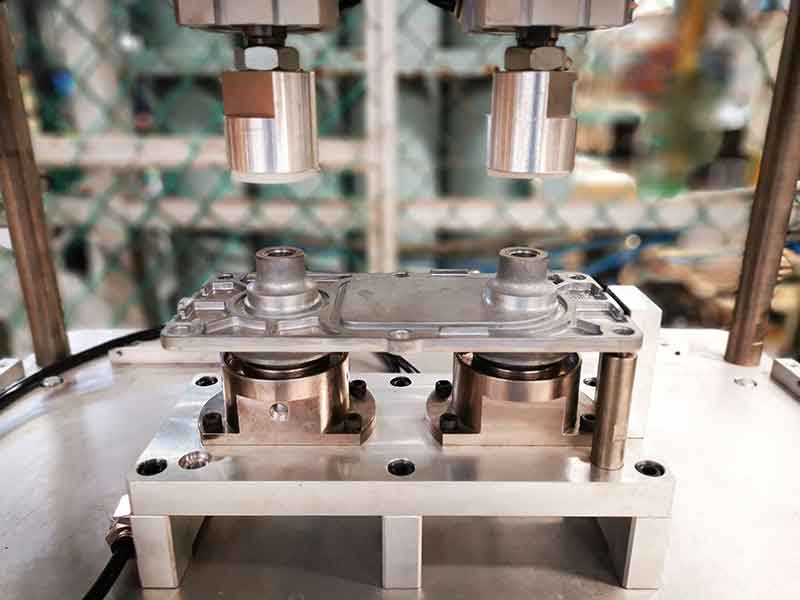In the realm of manufacturing Efficiency, accuracy, and versatility are paramount. One technique that can encapsulate the qualities of these is diecasting. Diecasting is an extremely versatile metal casting process that creates complex forms that are precise and reliable. The process involves introducing molten metal into a mold cavity made of steel, known as a die and then pressing it under pressure. As the metal solidifies, it forms the shape of the mold and produces highly detailed parts that can be found in many sectors.

One of the primary benefits of diecasting lies in its capability to create parts that have high-quality finish on the surface. This level of precision is critical for industries like automotive, aerospace, and electronics where even the smallest deviations can compromise performance or aesthetics. Diecast products typically need minimal post-processing which reduces production times and cost significantly. It doesn't matter if it's complex engine parts for automobiles or aerospace parts that are structural Diecasting provides unparalleled accuracy and efficiency.
Beyond its precision, diecasting offers incredible versatility and can accommodate an array of different materials that can meet the requirements of different applications. While zinc, aluminum and magnesium are among the most frequently used metals however, technological advancements have expanded the repertoire to include alloys including copper, lead, as well as zinc. Each has its own set of properties such as corrosion-resistant, lightweight aluminum to the high strength-toweight percent of magnesium. The flexibility of the material lets manufacturers tailor their products to suit specific requirements regardless of whether they're optimizing for the strength, conductivity or aesthetics.
In addition, it allows for the creation of complicated geometries, which would be difficult or impossible with other manufacturing processes. Being able to make complex designs using a minimum of modifications to the tooling makes it an excellent choice for the mass production of components with intricate features, such as heat sinks, housings and brackets. This ability not only improves creativity in design, but it can also open up new opportunities in the field of innovation for all industries. From intricate designs in ornamental hardware, to the intricate cooling channels found in electronic enclosures, diecasting allows designers to break the boundaries of what is possible. To obtain new details please go to https://www.senadiecasting.com.my/

Alongside its accuracy and flexibility, diecasting also offers significant cost savings, especially for high-volume production runs. The rapid cycle times and the minimal waste of materials as well as the low requirements for labor, make it less expensive per unit in comparison to other processes for manufacturing. In addition, diecasting molds are durable and last for a long time and are able to withstand thousands, or perhaps millions of cycles, delivering excellent ROI in the long run. This makes diecasting an attractive option for manufacturers who want to maximize efficiency of production without sacrificing quality.
Moreover, die casting enables the production of complex and lightweight parts that are crucial for medical devices and equipment. From surgical instruments to implantsable devices, the precision and reliability of parts made from die cast are essential in ensuring patient safety and efficiency in the medical field. Further, the advancements in diecasting technologies like vacuum die casting as well as squeeze casting will continue to improve the efficiency of this manufacturing method which allows the manufacture of even more precise and high-performance components.
Comments on “Die Casting Design Principles for Enhanced Performance”